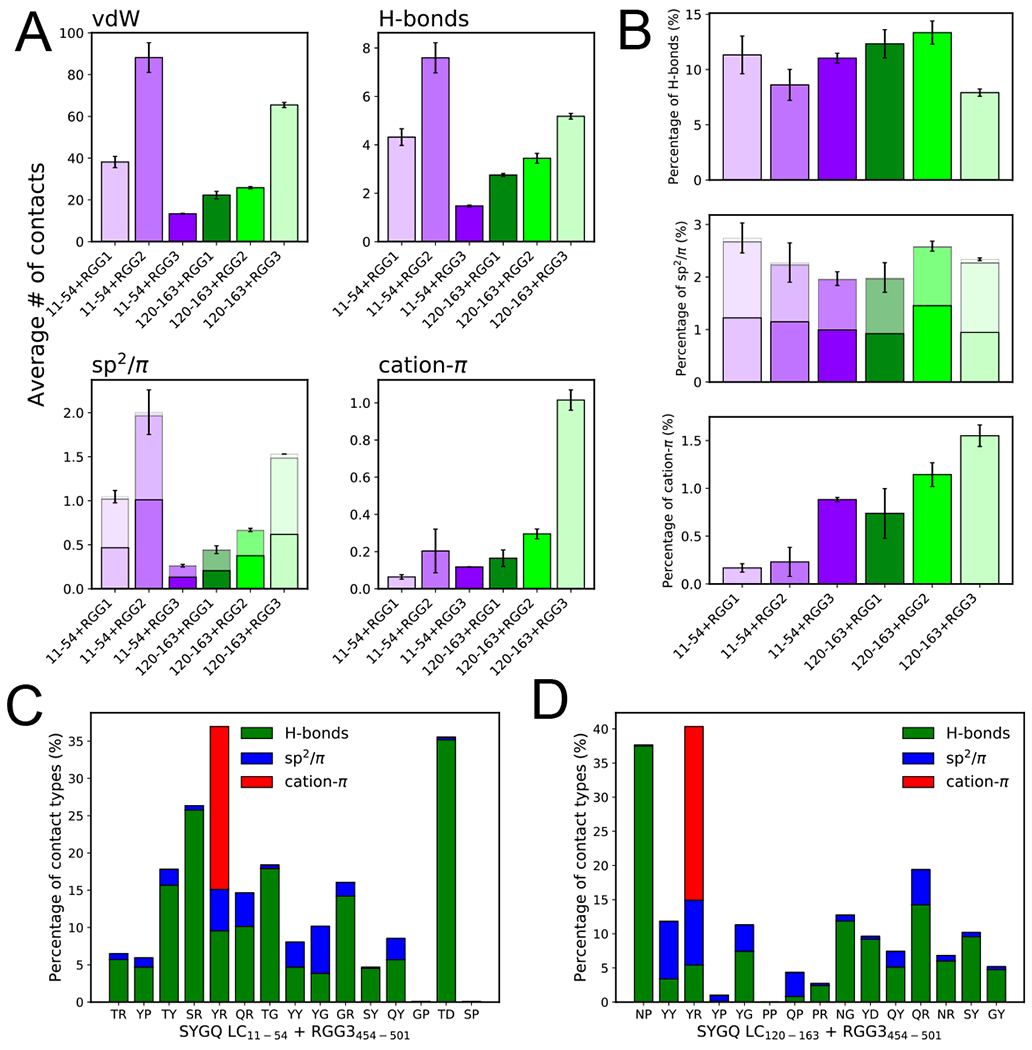Figure 4. Diverse interaction modes contribute to FUS SYGQ LC and RGG3 interactions within the condensed phase.

A) Average number of intermolecular van der Waals contacts, hydrogen bonds, sp2/π, and cation-π interactions from two-chain simulations of SYGQ LC11-54 or SYGQ LC120-163 and RGG1, RGG2 or RGG3. For sp2/π contacts the data are binned for π-π (top, lightest), sp2-π (middle, lighter) and sp2-sp2 (bottom) contacts. Data are plotted as mean ± s.e.m of n=5 equal divisions of the total data set from one PTWTE simulation with n=16 independent replicas. B) Percentage of hydrogen bond, sp2/π, and cation-π interactions out of the total intermolecular contacts from two-chain simulations of SYGQ LC11-54 or SYGQ LC120-163 and RGG1, RGG2 or RGG3. See (A) for sp2/π shading definition and statistics information. C-D) The percentage of hydrogen bonds, sp2/π, and cation-π contacts out of the total van der Waals interactions for interacting amino acid type pairs. Data are shown only for top fifteen interacting amino acid type pairs normalized for their frequency and selected from residue types occurring more than 2 times in the respective sequence (see Figure 3E,G) in order of highest to lowest contact frequency (left to right) SYGQ LC11-54 or SYGQ LC120-163 with RGG3454-501.
